18/03 - 08/05, 2010
-
Jan De Cock
VIA DELL’ABBONDANZA
In 2006 Jan De Cock presented “Denkmal 4, Casa del Fascio, Piazza del Popolo 4, Como,” a project in collaboration with Daniel Buren developed for three different locations: the Casa del Fascio in Como, Francesca Minini in Milan and the Gallery of Massimo Minini in Brescia.
Jan De Cock and Daniel Buren’s project intervened on the architecture of these buildings, modifying the perception by means of modules, boxes sculpted in wood that encompassed and invaded the space. The monumentality of their projects modified the spaces that Jan De Cock occupied with his “Denkmal”.
For his second exhibition at the gallery Jan De Cock transforms the exhibition space into the isolated place of his studio. The departure point for his reflection is no longer the architecture of the institutions of art: now the sculptural volumes play a primary role in an autonomous manner, relating only secondarily with the space that receives them.
If for the first exhibition in collaboration with Daniel Buren Jan De Cock drew his inspiration from the 1930s rationalistic architecture of Giuseppe Terragni, now his reflection is developed from the classic canon of Roman architecture: the gallery is being transformed into an archaeological site.
Upon entering we find ourselves projected into a modern re-visitation of the Via dell’Abbondanza of the ancient city of Pompeii: a landscape of sculptures takes control of the space in joyous way through rhythms of columns, fountains, temples and timpani. These canons are re-interpreted by the artist by means of his modular forms.
The journey offers itself as a double emotional space: the classicality and the acknowledgement of the roots of our architecture are fused with a modern and innovative vision of it.
The photographs on the sculptures in the same way create a sense of destabilization putting themselves in opposition to the elegance and to the classicality of the sculptures themselves.
These represent a superimposition of images of crumbling modern buildings, abandoned places that allow the architectures of Jan De Cock to shine through and seem to create an environment overcrowded with modules, sculptures and his photographic images. In this way a strong contrast is created between the structures of the archaeological dig that are almost brought back to life by his works and the decadent buildings shown in the photographs.
Thus Jan De Cock offers us his vision of the archaeological site utilizing new compositional lines that keep the rhythm, guiding us through the visit of a contemporary Pompeii.
On the occasion of the exhibition the site www.jandecock.net will be launched. Jan is reinventing this instrument, giving it a new image and turning it into a book that will be able to be read by the visitor. It will be possible to enter into the space of the gallery and visit the exhibition as if one were actually there, from anywhere one might be.
In 2006 Jan De Cock presented “Denkmal 4, Casa del Fascio, Piazza del Popolo 4, Como,” a project in collaboration with Daniel Buren developed for three different locations: the Casa del Fascio in Como, Francesca Minini in Milan and the Gallery of Massimo Minini in Brescia.
Jan De Cock and Daniel Buren’s project intervened on the architecture of these buildings, modifying the perception by means of modules, boxes sculpted in wood that encompassed and invaded the space. The monumentality of their projects modified the spaces that Jan De Cock occupied with his “Denkmal”.
For his second exhibition at the gallery Jan De Cock transforms the exhibition space into the isolated place of his studio. The departure point for his reflection is no longer the architecture of the institutions of art: now the sculptural volumes play a primary role in an autonomous manner, relating only secondarily with the space that receives them.
If for the first exhibition in collaboration with Daniel Buren Jan De Cock drew his inspiration from the 1930s rationalistic architecture of Giuseppe Terragni, now his reflection is developed from the classic canon of Roman architecture: the gallery is being transformed into an archaeological site.
Upon entering we find ourselves projected into a modern re-visitation of the Via dell’Abbondanza of the ancient city of Pompeii: a landscape of sculptures takes control of the space in joyous way through rhythms of columns, fountains, temples and timpani. These canons are re-interpreted by the artist by means of his modular forms.
The journey offers itself as a double emotional space: the classicality and the acknowledgement of the roots of our architecture are fused with a modern and innovative vision of it.
The photographs on the sculptures in the same way create a sense of destabilization putting themselves in opposition to the elegance and to the classicality of the sculptures themselves.
These represent a superimposition of images of crumbling modern buildings, abandoned places that allow the architectures of Jan De Cock to shine through and seem to create an environment overcrowded with modules, sculptures and his photographic images. In this way a strong contrast is created between the structures of the archaeological dig that are almost brought back to life by his works and the decadent buildings shown in the photographs.
Thus Jan De Cock offers us his vision of the archaeological site utilizing new compositional lines that keep the rhythm, guiding us through the visit of a contemporary Pompeii.
On the occasion of the exhibition the site www.jandecock.net will be launched. Jan is reinventing this instrument, giving it a new image and turning it into a book that will be able to be read by the visitor. It will be possible to enter into the space of the gallery and visit the exhibition as if one were actually there, from anywhere one might be.
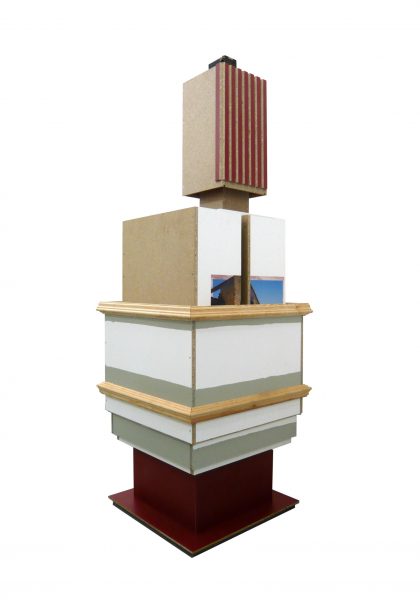 Tempio di Apollo, 2010Mixed media
Tempio di Apollo, 2010Mixed media
207,5×70×70 cm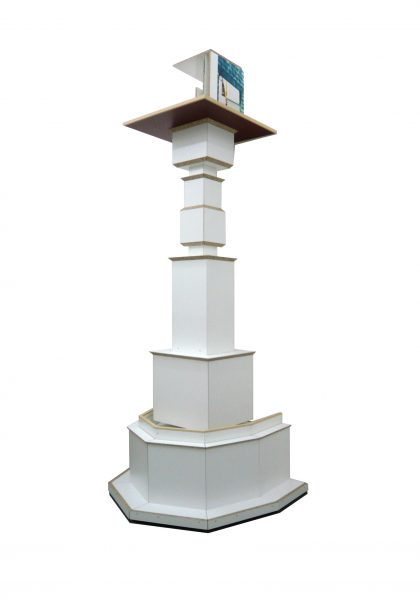 Antica II, 2010Mixed media
Antica II, 2010Mixed media
239×102×82 cm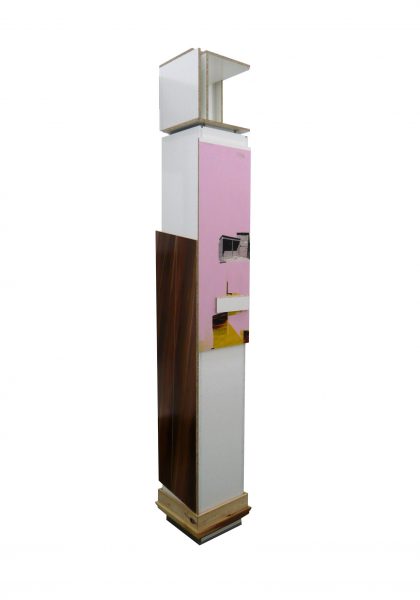 Colonna rosa, 2010Mixed media
Colonna rosa, 2010Mixed media
214×33,5×33,5 cm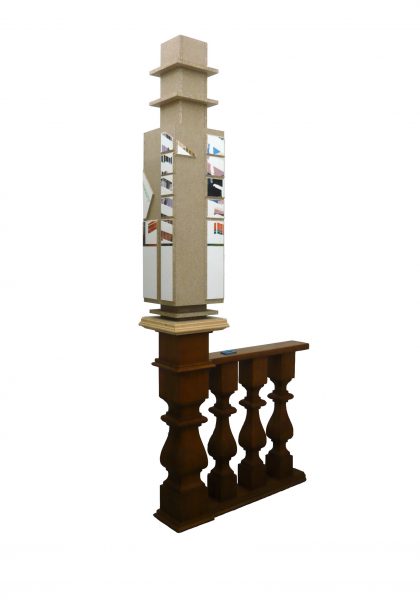 Vesuvio, 2010Mixed media
Vesuvio, 2010Mixed media
235×100×32 cm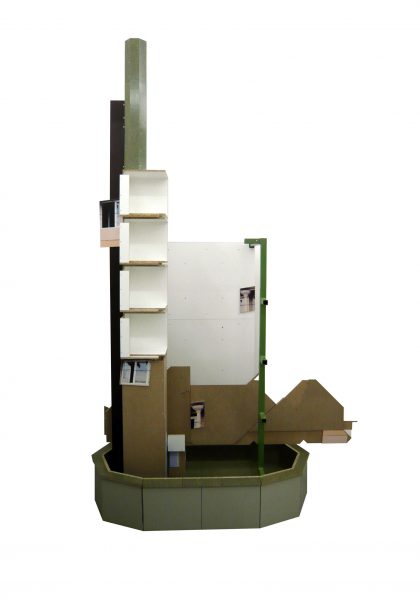 Fontana dell’Abbondanza, 2010Mixed media
Fontana dell’Abbondanza, 2010Mixed media
324×200×101 cm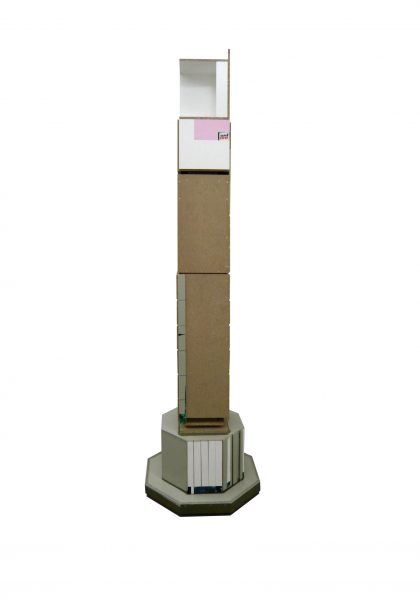 Casa della Caccia Antica, 2010Mixed media
Casa della Caccia Antica, 2010Mixed media
251×70×70 cm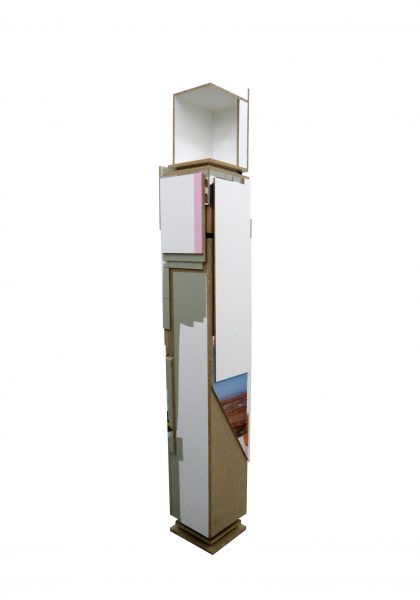 Porta marina, 2010Mixed media
Porta marina, 2010Mixed media
213×33×51,5 cm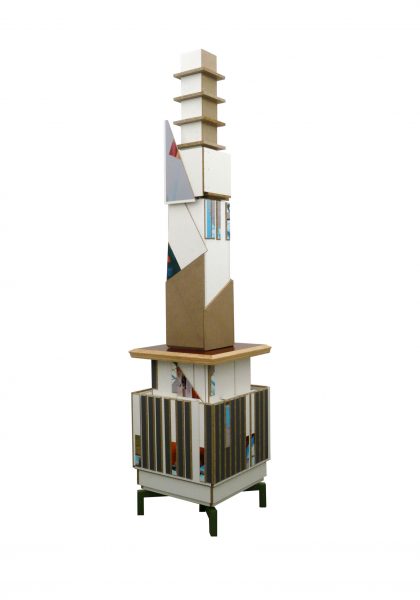 Foro triangolare, 2010MIxed media
Foro triangolare, 2010MIxed media
291,5×66×66 cm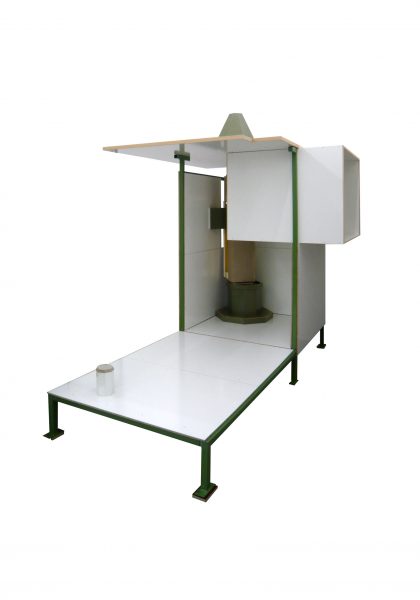 Tempio di Iside, 2010Mixed media
Tempio di Iside, 2010Mixed media
263×313×205,5 cm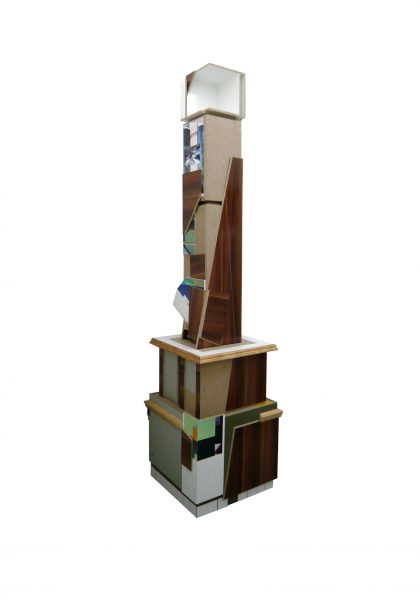 Colonna piccola, 2010Mixed media
Colonna piccola, 2010Mixed media
281×70×70 cm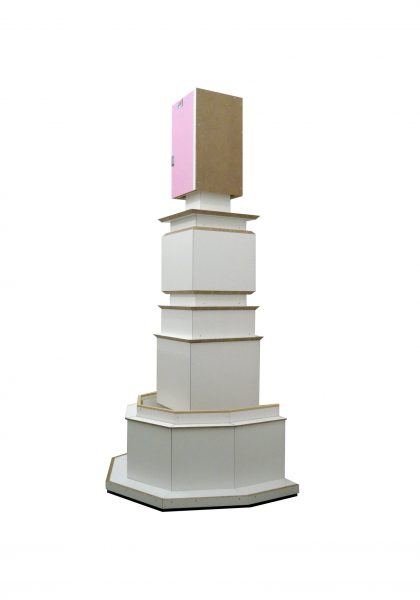 Antica I, 2010Mixed media
Antica I, 2010Mixed media
205×102×82 cm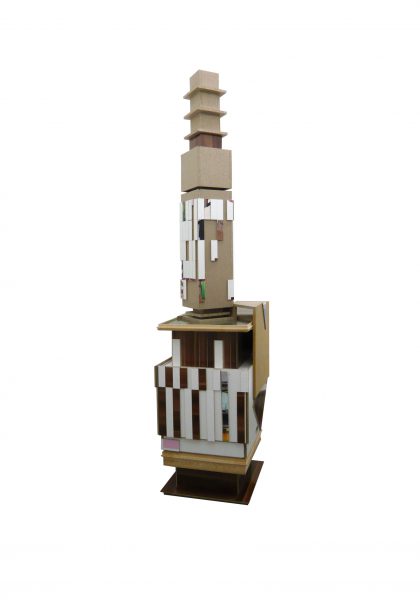 Teatro piccolo, 2010Mixed media
Teatro piccolo, 2010Mixed media
295,5×75×68 cm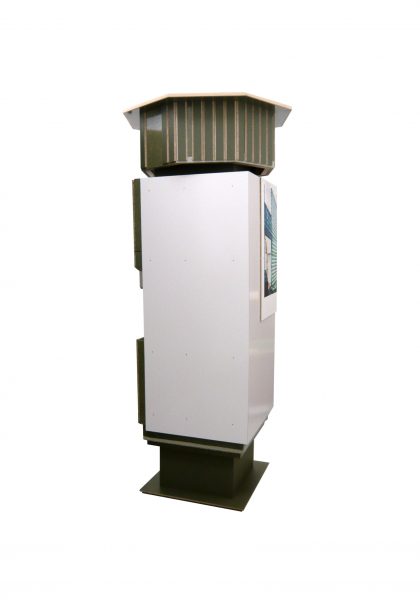 Terme del Foro, 2010Mixed media
Terme del Foro, 2010Mixed media
218×99×99 cm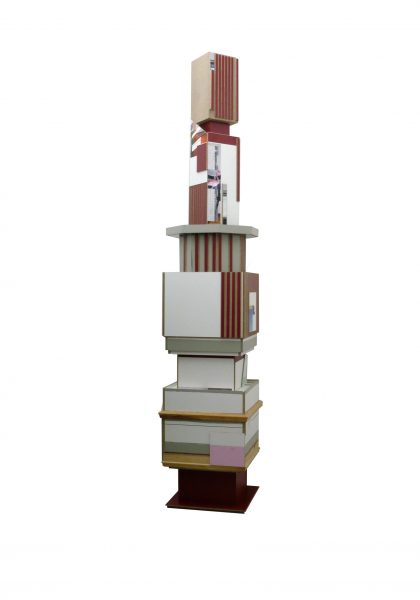 Colonna grande, 2010Mixed media
Colonna grande, 2010Mixed media
352,5×69×69 cm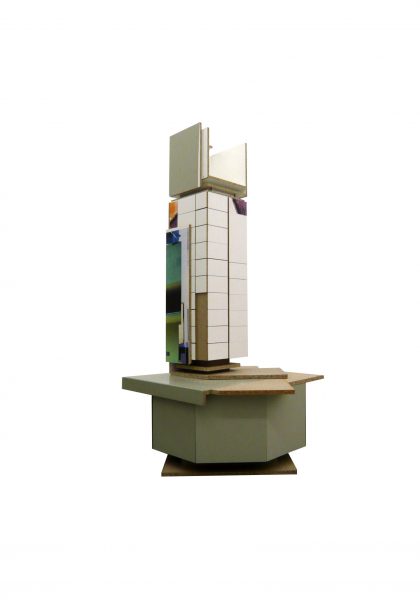 Basilica, 2010Mixed media
Basilica, 2010Mixed media
165,5×103×83 cm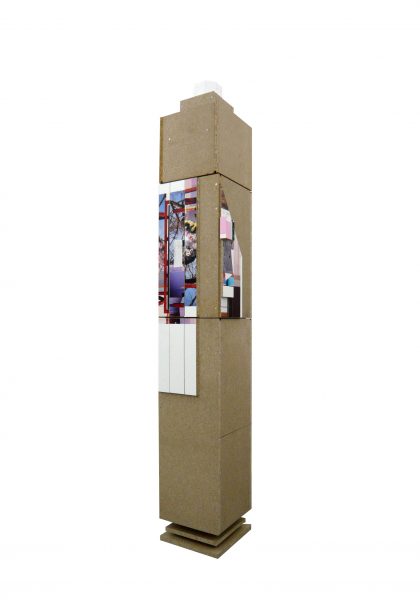 Portico dei Ceii, 2010Mixed media
Portico dei Ceii, 2010Mixed media
187×32×29,5 cm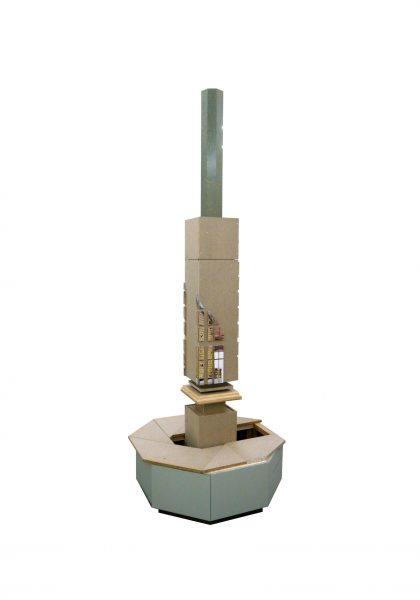 Colonna il Genius, 2010Mixed media
Colonna il Genius, 2010Mixed media
275×104×99 cm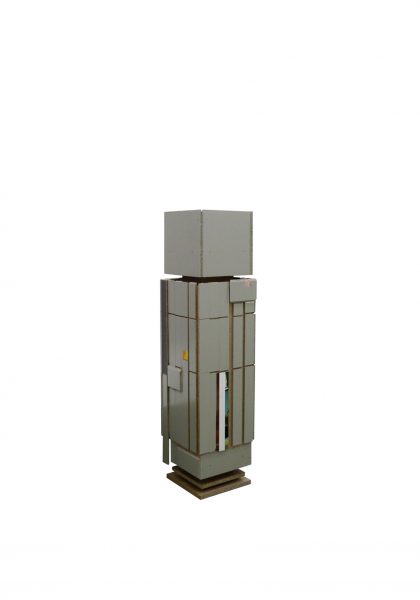 Casa del Menandro, 2010Mixed media
Casa del Menandro, 2010Mixed media
139×31×31 cm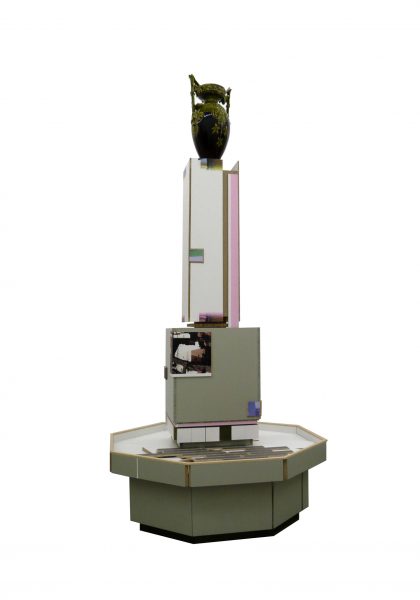 Colonna dell’Abbondanza, 2010Mixed media
Colonna dell’Abbondanza, 2010Mixed media
250×116,5×116,5 cm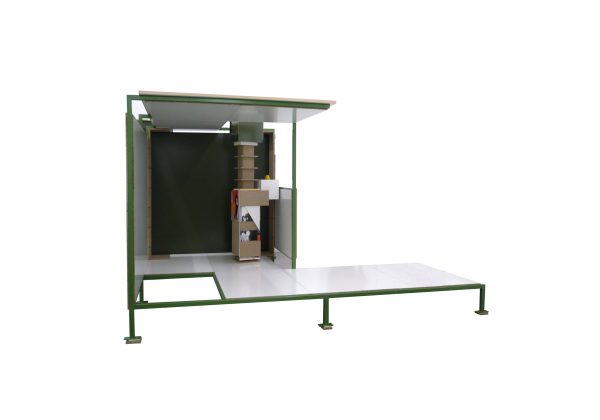 Vesuvio II, 2010Mixed media
Vesuvio II, 2010Mixed media
250×367,5×219 cm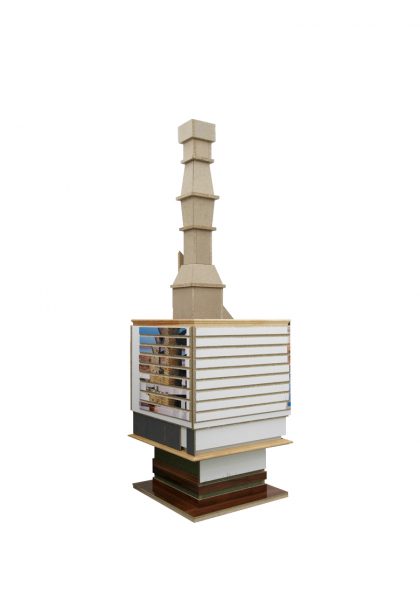 Tablino, 2010Mixed media
Tablino, 2010Mixed media
224,5×66×82 cm























































